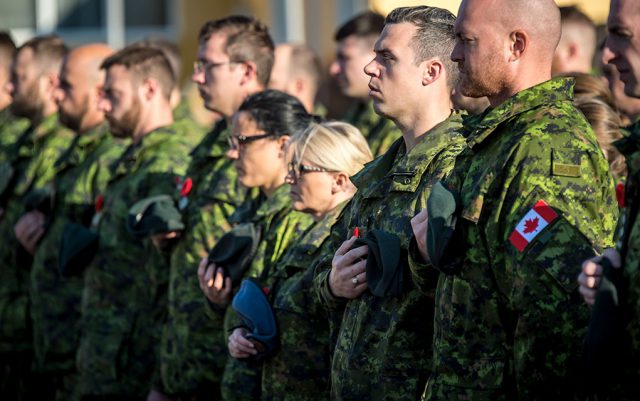Now that the new dress regulations are out, I’d like all of us to take a breath and consider a few things before we make any snap judgements.
By now I’m sure that if you haven’t had a chance to peruse the rules yourself, you’ve at least had a chance to extoll the virtues of your point of view in the forum of the people you work, play, and live with. I myself remember conversations where the good values of hairstyles and colours, jewelry and piercings, as well as the ‘wickedness’ of face tattoos, were debated at length. As we move forward, it might be right to pause for a moment and consider the delicate balance we play in being authentic.
Of the many rules I try to live by, this is the first – be authentic.
Being authentic calls us to draw on the very essence of our values, beliefs, principles, and morals. Well, if that’s true, you’d have to really understand your motivations before dyeing your hair blue in a green uniform.
What is the difference between identity and individuality? The answer to “am I doing this to express who I am” can be very different depending on which scale you use.
Consider face tattoos. Despite what one might think of them, there are some legitimate cultural reasons why a Canadian soldier would have one. Face Tattooing is traditionally practiced by many ethnic groups across Canada. Putting the Yidiiltoo, Iskwew-Asasow, Kakiniit and Tavlugun of the Athebascan, Cree, Inuit, and Inupiaq peoples respectively into the same category as hip-hop and prison sub-culture seems pretty obtuse and frankly disingenuous.
As people become freer to express their cultural identities, in one case, we are witnessing a rebirth of ancestral connection and cultural practices. In the other case, I would argue that we are witnessing a clear contravention to the good reputation of the Canadian Armed Forces (CAF). Imagine how it would go if you had to justify your face tattoo every time someone had an issue with the way you look – either my culture reflects badly on the institution, or the institution looks bad on me.
I am reminded of early conversations regarding my appearance when I first sought accommodations to grow out my beard, to wear my Oath ring, and to style my hair in an undercut. After already serving 20 years in uniform and adhering to the previous dress regulations, why would I want to do this?
In short, I thought it was important for my fellow Heathens and Pagans to know that there is a place for us in uniform. Moreover, it was time to show those not serving that it is finally safe to “come out of the Broom Closet” – Earth based Spirituality is not something that will necessarily continue to be marginalized.
As an Elder and a Senior Non Commissioned Officer, I consider it my duty to be visible so that those who aspire to serve in uniform (or not) can also be inspired to be authentic. I am honoured, in fact, to have this privilege.
For me, expressing myself along the lines of collective identity is a far more effective measure than my thoughts of my individuality. I am Norse Pagan. I participate in the cultural aspects of my faith, and so I look like a Norse Pagan. I am also a father, a motorcycle enthusiast, and a bilingual Quebecois, among many other things.
There are things about my “individuality” though that set me apart from each of these groups, and which I don’t need to express in order to be my ‘authentic self’ – much less be “me” in uniform. As a serving member of the CAF this is, after all, also part of my identity. That identity also needs to be adequately expressed. Being authentic is much less about my rights to self-expression than it is about my responsibility to apply judgement to achieve a good balance.
By: WO Patrick Richer, Air Maint Trg Stds Flt WO, CFSATE, CFB Borden Pagan Distinctive Faith Group Leader (DFGL)












